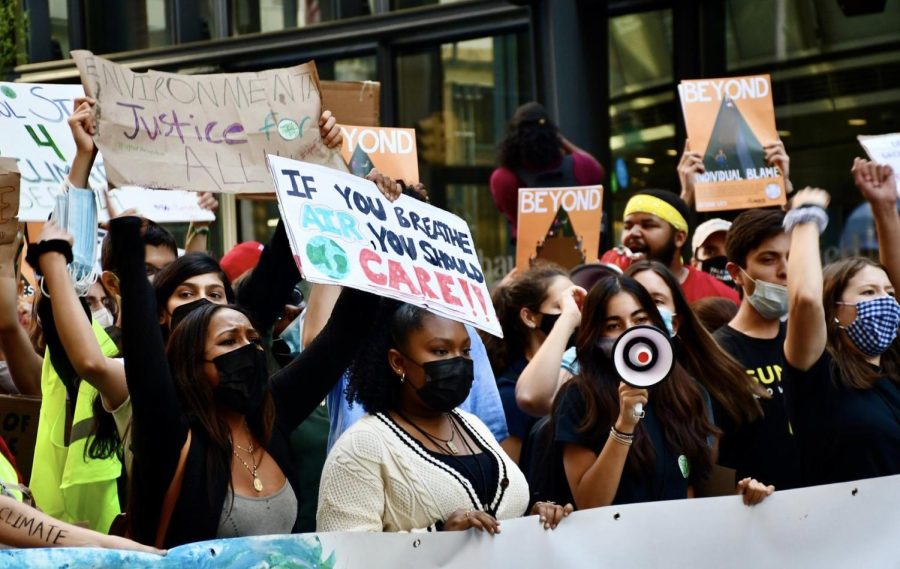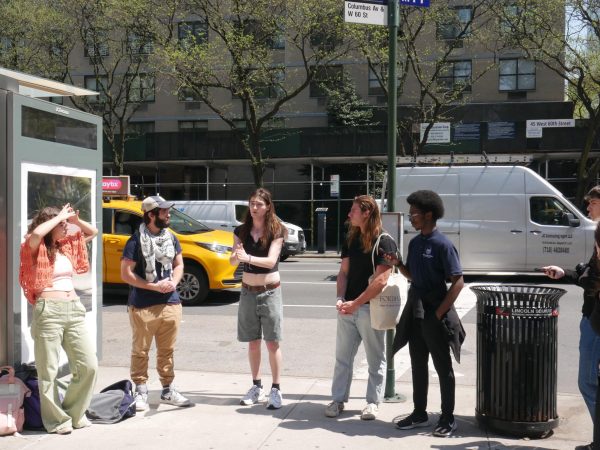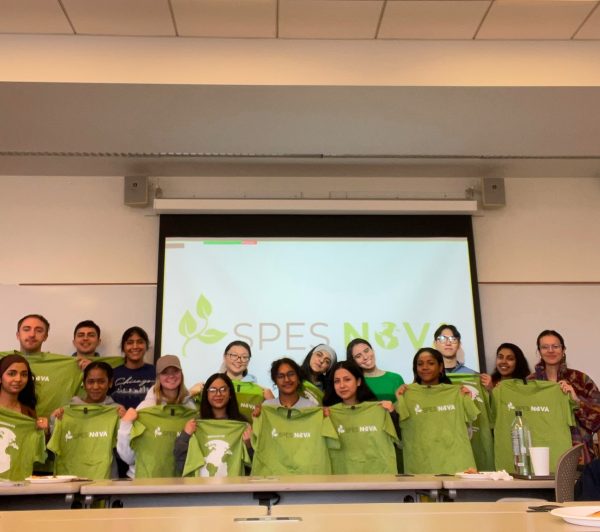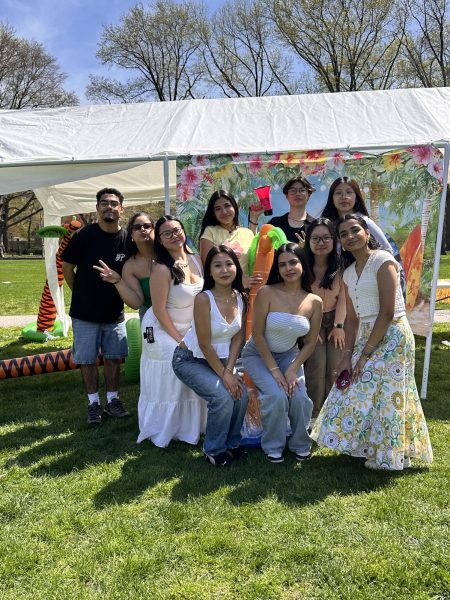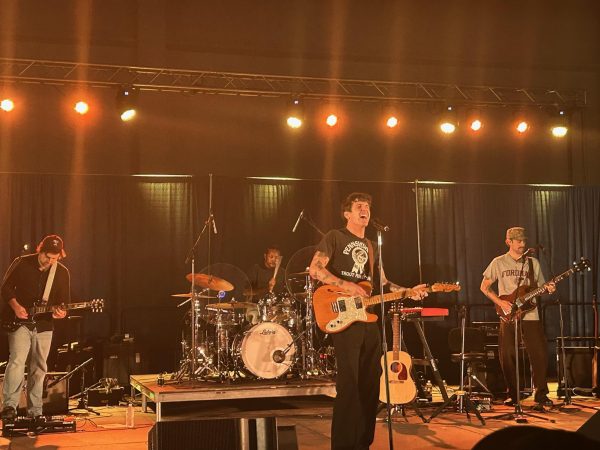SEAJ Joins Climate Strike
On Friday, Sept. 23, leaders of Students for Environmental Awareness and Justice (SEAJ) took a group of students to Battery Park in Manhattan for Fridays for Future’s global climate strike. The strike included a march from Foley Square to Battery Park. At Battery Park, speakers ranging from New York State Assemblymembers to Indigenous leaders spoke about the importance of reversing climate change.
Fridays for Future is a global youth-led climate advocacy group. The group was started in 2018 by climate advocate Greta Thunberg and others. Every day leading up to the Swedish parliamentary elections, Thunberg sat in front of parliament to advocate for climate change legislation. She started alone but was soon joined by other young advocates. Videos and pictures of their strike caught attention online, and people worldwide started following suit. Now, among other initiatives, Fridays for Future plans an annual Global Climate Strike day, which took place this year on Sept. 23.
SEAJ’s group left Fordham’s Rose Hill campus to catch the speakers presenting at Battery Park. The group made signs the night before on pieces of reused cardboard. For many, the experience of traveling and attending the strike with other Fordham students was powerful.
“I think what stuck with me was the fact that I was able to attend the strike with an amazing group of people from Fordham,” said SEAJ’s secretary, Zainab Ali, FCRH ’24. “I have always attended strikes by myself and met people along the way, however making posters and commuting to Battery Park was very special.”
The strike focused on how young people can help reverse the effects of climate change. Some speakers like Assemblymember Yuh-Line Niou urged students to take action by voting on local bills to help reverse climate change in New York City. Others, like White House advisor Jerome Foster II, spoke about how climate change disproportionately affects communities and people of color.
“My favorite part of the strike was hearing an advisor from the White House speak. It was inspiring to see a young representative using his voice in politics. We don’t see that much,” said Ali.
Young Indigenous leaders from South and Central American communities came to the New York City strike to speak about how climate change has affected their lives.
“I enjoyed listening to all the speeches given by Indigenous Youth Activists. It was incredibly inspiring that they were able to come to the strike and to hear about the work that needs to be done,” said Tarchithaa Chandra Sekharan, FCRH ’24, treasurer of SEAJ.
Ali and Chandra Sekharan echoed common sentiments presented at the strike. They think that young people, specifically college students, need to take action against climate change.
“College students are the prime voters because there are so many of us, and we have access to education,” said Ali. “Climate change is also a generational issue. If this gets worse we will have to live with constant fear and anxiety, from surviving floods in our own campus to deciding whether we should have children in the future.”
Chandra Sekharan thinks that students should use the independence that they have in college to take action for climate justice, given that climate change is a pressing issue.
“College students are for the most part stepping out into their own independence for the first time,” said Chandra Sekharan. “Our first intentional and independent actions as adults must have climate change as a factor even if it is indirect as we are already falling behind.”
According to Ali, there are many ways that college students can get involved in the climate movement.
“I would say [college students can get] involved in voting for representatives of the youth and making sustainability our goal for our future careers, whether it is business, art, politics, etc,” said Ali.
Chandra Sekharan also said that students should be petitioning and voting for climate reform, but that there are also ways to be more environmentally conscious in everyday life. She said that “rinsing recyclable items before putting them in the bin [and] being intentional with single-use items being bought as well as clothes,” are easy ways to help the environment.
SEAJ has attended Friday for Future’s climate strikes in the past. SEAJ is also attempting to change their name from Students for Environmental Awareness and Justice to Students for Environmental Justice and Action. According to Chandra Sekharan, the club has moved past environmental awareness and now focuses on actions related to the issue.
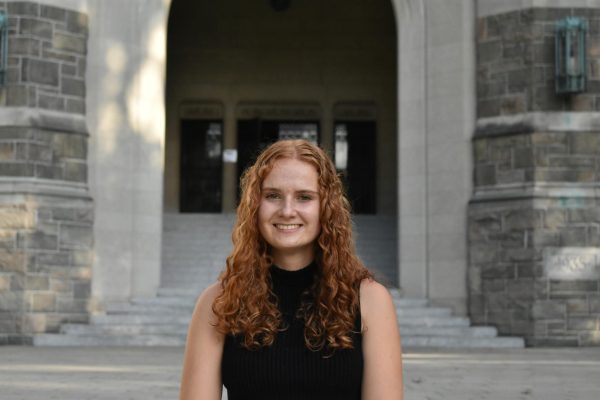
Isabel Danzis is a senior from Bethesda, Md. She is double majoring in journalism and digital technologies and emerging media. The Ram has been a very...



































































































































































































